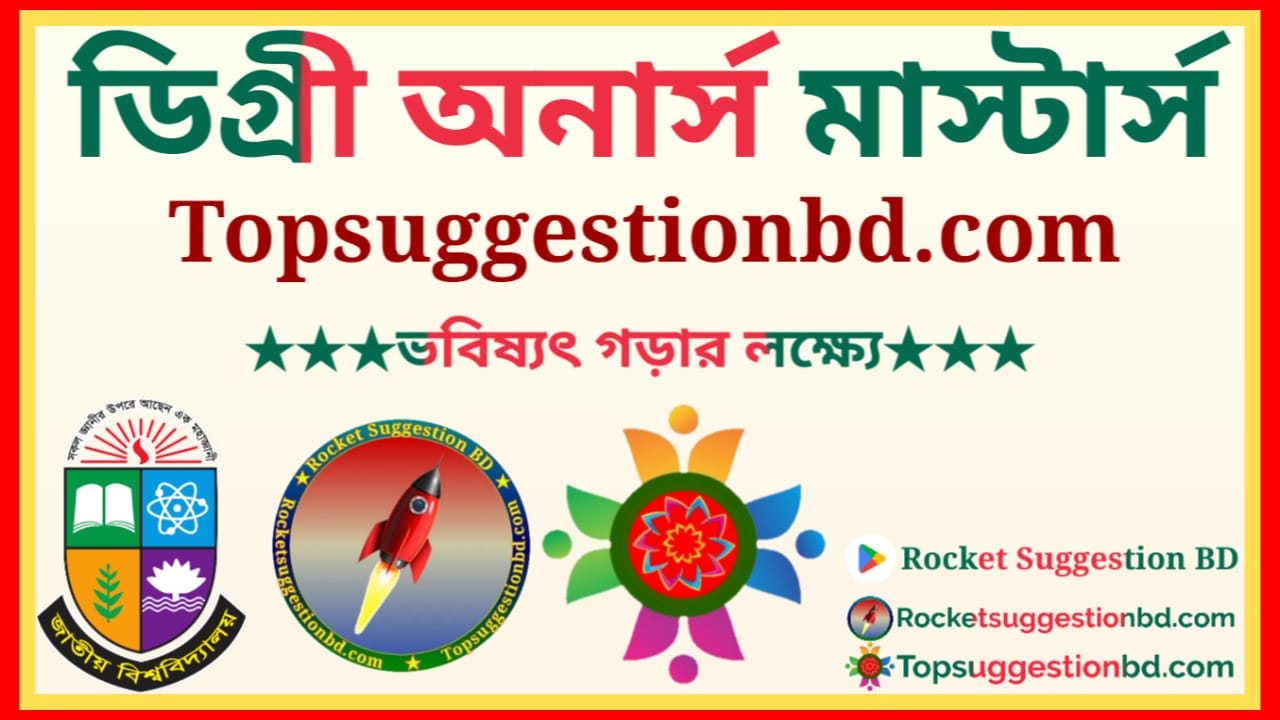
There are several methods of data collection, and the choice of method depends on the nature of the research, the research questions, and the available resources. Here are some common methods of data collection:
- Surveys and Questionnaires:
- Description: Surveys involve asking a set of structured questions to a sample of individuals, either in person, over the phone, through mail, or online.
- Pros: Cost-effective for large samples, standardized data collection, can cover a wide range of topics.
- Cons: Relies on self-reporting, potential for response bias.
- Interviews:
- Description: In-depth interviews involve direct interaction between the researcher and the participant, allowing for open-ended questions and detailed responses.
- Pros: Rich qualitative data, clarification of responses, flexibility.
- Cons: Time-consuming, resource-intensive, potential for interviewer bias.
- Observation:
- Description: Researchers directly observe and record behaviors, events, or phenomena without direct interaction with the participants.
- Pros: Provides firsthand information, minimizes response bias.
- Cons: Observer bias, limited to observable behaviors, potential ethical concerns.
- Experiments:
- Description: Researchers manipulate variables to observe the effect on other variables under controlled conditions.
- Pros: Allows for establishing causation, high control over variables.
- Cons: Artificial settings may not reflect real-world conditions, ethical considerations.
- Case Studies:
- Description: In-depth analysis of a single individual, group, or situation, often involving multiple sources of data.
- Pros: Rich, detailed information, useful for exploring complex phenomena.
- Cons: Limited generalizability, time-consuming.
- Content Analysis:
- Description: Systematic analysis of texts, documents, or visual content to identify patterns, themes, and trends.
- Pros: Objective analysis, useful for studying media, literature, or historical documents.
- Cons: Limited to existing data, potential for subjectivity in coding.
- Ethnography:
- Description: In-depth study of a culture or social group, often involving prolonged engagement and participant observation.
- Pros: Provides holistic understanding, captures context.
- Cons: Time-consuming, subjective interpretation, limited generalizability.
- Secondary Data Analysis:
- Description: Analyzing existing data that was collected for a different purpose.
- Pros: Cost-effective, time-efficient.
- Cons: Limited control over data quality, may not perfectly fit research needs.
- Sensor Data and Technology:
- Description: Using sensors, wearables, or technology to collect data automatically, such as tracking movements, physiological responses, or online behavior.
- Pros: Objective data, real-time monitoring.
- Cons: Technical challenges, potential privacy concerns.
- Focus Groups:
- Description: Group discussions led by a facilitator to gather opinions, attitudes, and perceptions.
- Pros: Interaction among participants, diverse perspectives.
- Cons: Potential for groupthink, challenging to manage group dynamics.
Researchers often use a combination of these methods, depending on the research objectives and the strengths and limitations of each approach.



